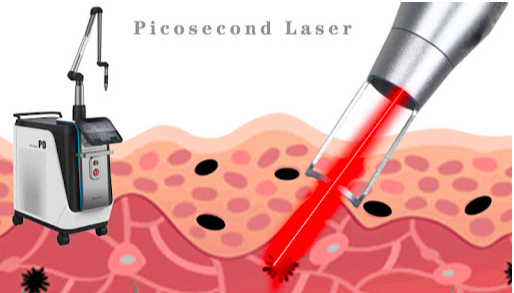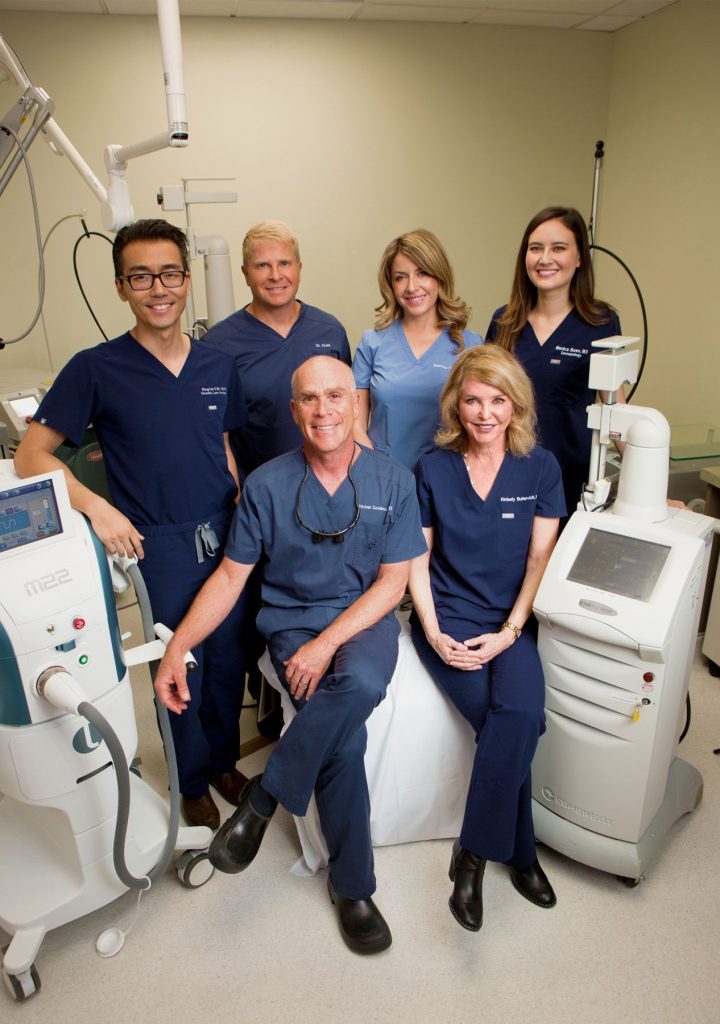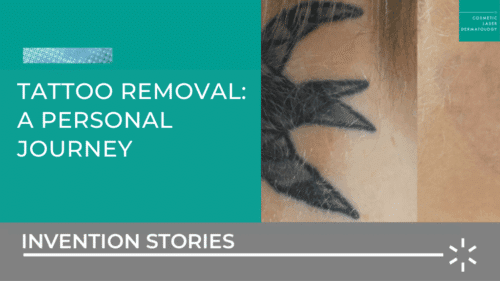Tattooing is an ancient practice, with more than one-third of Americans today having at least one tattoo. Yet nearly 30% of those individuals eventually seek removal, driven by personal growth, changing relationships, or evolving tastes. Before lasers, tattoo removal was challenging, painful, and often left scars.
In the late 1980s, my colleagues, Dr. Richard Fitzpatrick, Dr. Javier Ruiz-Esparza, and I began exploring less invasive tattoo removal methods, initially using CO2 lasers combined with topical agents. Though somewhat effective, these methods still produced unwanted side effects, pushing us to find a better solution.
Rainbow the Pig: The Unlikely Hero of Tattoo Removal
In 1991, we undertook a groundbreaking project involving an unexpected research partner: Rainbow, a micro-mini pig. With approval from the University of California, we tattooed a colorful rainbow on Rainbow’s flank to test a new nanosecond Q-switched Alexandrite laser. Every Sunday for a year, Rainbow visited our clinic, allowing us to study the precise impact of the laser on tattoo pigments.
Rainbow quickly grew from 10 to over 200 pounds and developed a surprising intellect, often turning our experiments into playful chases around the clinic. Despite these humorous and challenging moments, our dedicated research paid off, demonstrating that targeted laser treatments could effectively break down tattoo pigments without harming surrounding skin.
Our pioneering work with Rainbow led directly to the FDA approval of the Q-switched Alexandrite laser in 1993, revolutionizing tattoo removal practices globally.
Innovations That Changed Lives
This initial breakthrough propelled a series of innovations in tattoo removal:
- Multiple Laser Technologies: By testing ruby, alexandrite, and Nd:YAG lasers, we expanded our ability to effectively treat various ink colors.
- Picosecond Lasers: Shorter pulses with our advanced picosecond laser treatments introduced by picosecond lasers provided even greater effectiveness, significantly reducing the number of treatments needed for tattoo removal.
- Synergistic Laser Techniques: Combining picosecond lasers with fractionated CO2 lasers, available through our fractional laser resurfacing treatments, we achieved faster and more complete clearance, minimizing treatments and maximizing results.

Real Patient Experiences, Real Transformations
Today, at Cosmetic Laser Dermatology, patients benefit from rapid, safe, and effective tattoo removal, experiencing minimal discomfort and excellent cosmetic outcomes. Our continued innovation ensures patients no longer face prolonged, painful processes or unsatisfactory results.

Continuing the Journey
My research journey from chasing Rainbow around the clinic to revolutionizing tattoo removal has shown me the profound impact dermatological innovation can have on people’s lives. I remain committed to pushing boundaries, exploring new technologies, and providing transformative care to our patients.
About the Author

Dr. Mitchel P. Goldman is a globally recognized dermatologist, renowned for his groundbreaking research in laser surgery and cosmetic dermatology. As Medical Director of Cosmetic Laser Dermatology, he continues to pioneer new techniques and technologies, shaping the future of dermatologic treatments.
Schedule your consultation today and discover how modern tattoo removal treatments can help you reclaim your skin and confidence.






